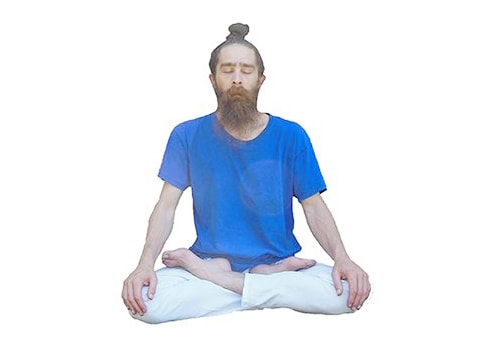
Dirga Swasam Pranayama

Practice
Sit in a Meditative Asana or a comfortable seated position.
Inhale completely into the abdomen allowing the belly to expand out..
Continuing inhaling by allowing the ribs to expand.
Continuing inhaling by allowing the upper part of the chest and the shoulders to rise.
Exhale in reverse order by exhaling from the upper chest, then the ribs, and empty completely at the abdomen by bringing the belly button towars the spine.
The six cleansing actions are intended to be the start of a Yoga practice in order to clean, strengthen, remove toxins and improve the flow of Prana through out the practitioner.
Yoga poses help to elongate and strengthen the muscles of the body as well as to calm the mind for the deeper spiritual practices of Yoga.
Breathing exercises are a great practice to remove carbon dioxide, increase lung capacity as well as being a good preparatory practice for the deepest spiritual practice of Yoga, Meditation.
The four body locks that makes up this practice give the practitioner the ability to hold or lock Prana in certain locations of the body. These practices also allow the practitioner to release blockages that may be holding the practitioner back.
The gestures in this practice include the whole body and are intended to awaken Prana, Chakras as well as Kundalini energy within the practitioner.
Meditation is the highest spiritual practice of Yoga which is why this practice is the most difficult practice to preform, but with correct knowledge and dedication, can be the most profound practice of Yoga.